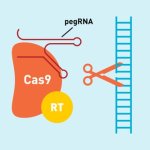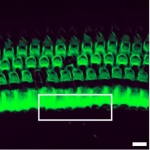
News • Chromatin remodeling
New protein targets for cancer treatments
A research team at the University of Geneva has identified two new proteins that regulate gene expression, a discovery that could pave the way for new cancer and brain disorder treatments.




















































